前回と今回の記事で、草書の「頭」の書き方を2種類紹介しています。今回はそのPart.2です。
ぜんかいとこんかいのきじで、そうしょの「頭(とう)」のかきかたをにしゅるいしょうかいしています。こんかいはそのパートツーです。
I’m introducing 2 ways of writing 頭(tou) in cursive script in the previous and this article. This time is the Part.2.
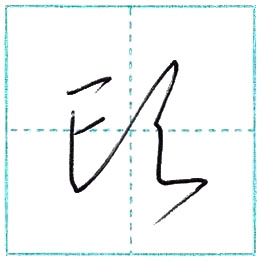
スポンサーリンク
草書は日常生活で書くことはなく、 書道の作品でのみ使われています。
そうしょはにちじょうせいかつでかくことはなく、 しょどうのさくひんでのみつかわれています。
We don’t write cursive script in daily life, it’s used only in calligraphy works.
単語例(たんごれい)
Word examples
頭脳 [ずのう zu nou] = brain
頭脳労働 [ずのう ろうどう zu nou rou dou] = brain work
頭痛 [ずつう zu tsuu] = headache
頭が痛い [あたまが いたい atama ga ita i] = to have a headache
頭上 [ずじょう zu jou] = over the head
頭蓋骨 [ずがいこつ zu gai kotsu] = skull
頭突き [ずつき zu tsu ki] = headbutt
頭文字 [かしらもじ kashira mo ji] = the first letter of a word
前頭 [まえがしら mae gashira] = the fifth-highest sumo rank “Maegashira”
スポンサーリンク
書き順(かきじゅん)
Stroke order
1.
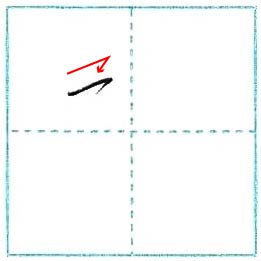
2.
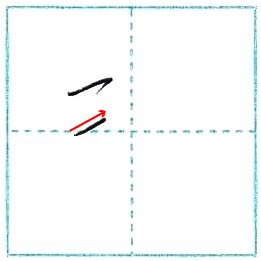
3. 次の線は、1画で書きます。
つぎのせんは、いっかくでかきます。
Write the next line with one stroke.

3-1.
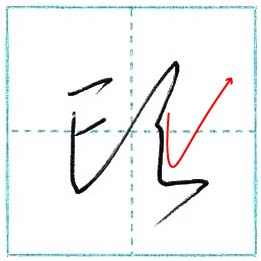
3-2.
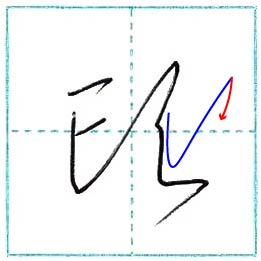
3-3.
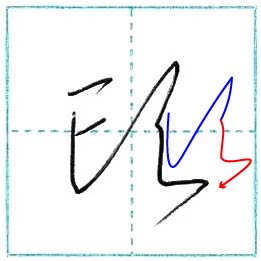
4. 完成(かんせい) Finish

公開日/post 2018.03.20
更新日/update 2021.01.12
スポンサーリンク
